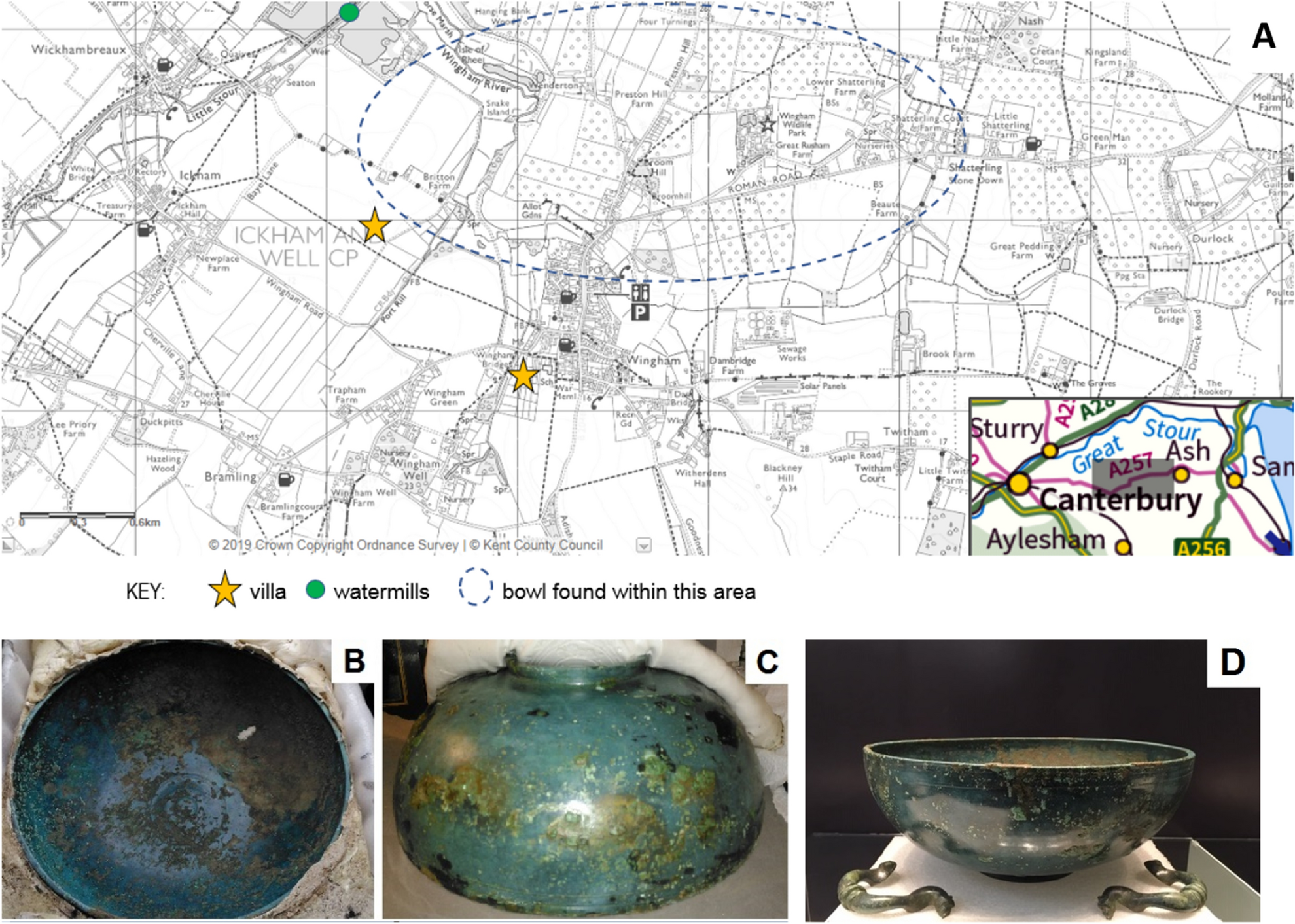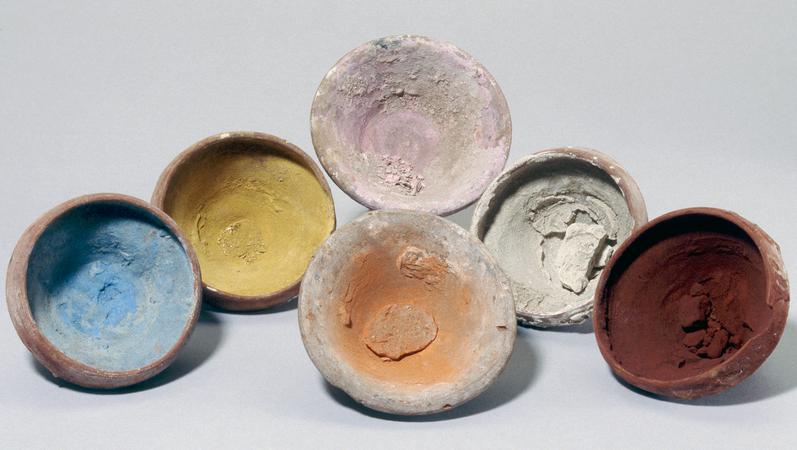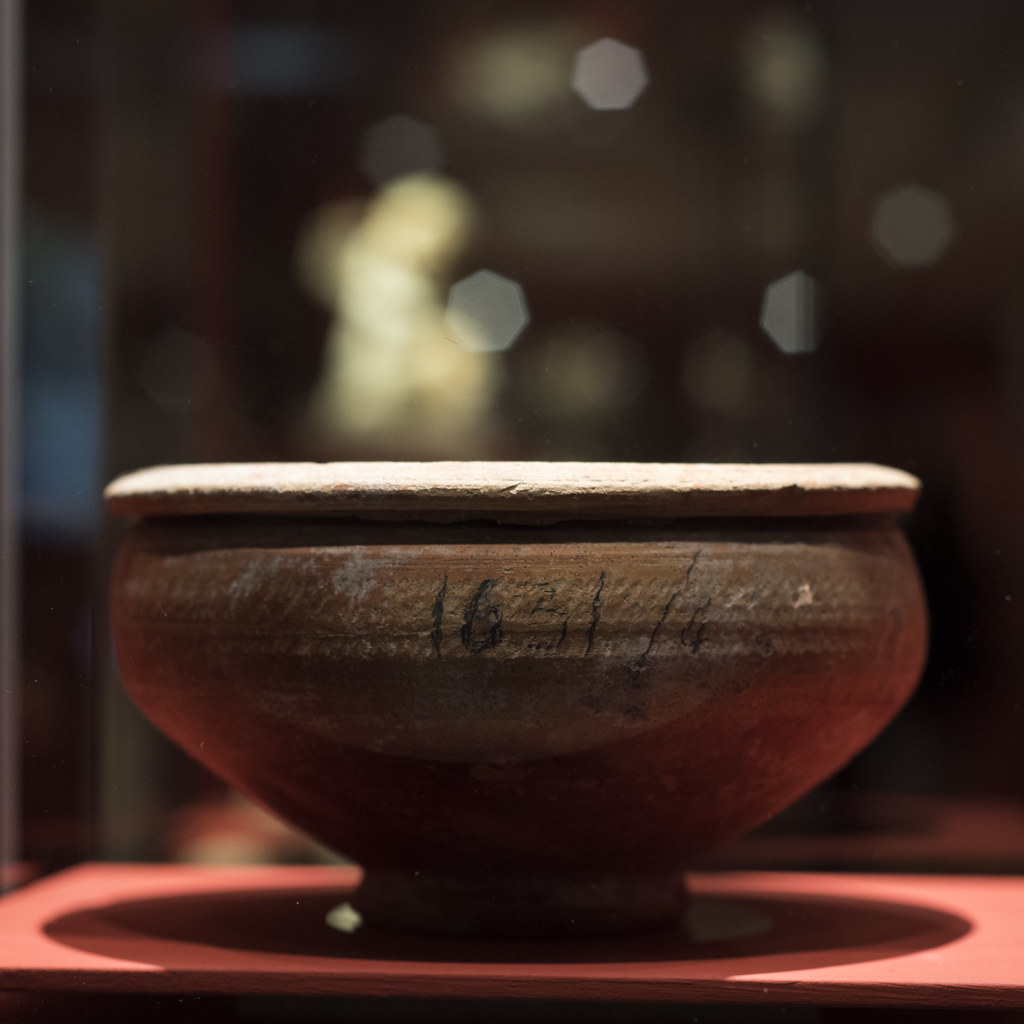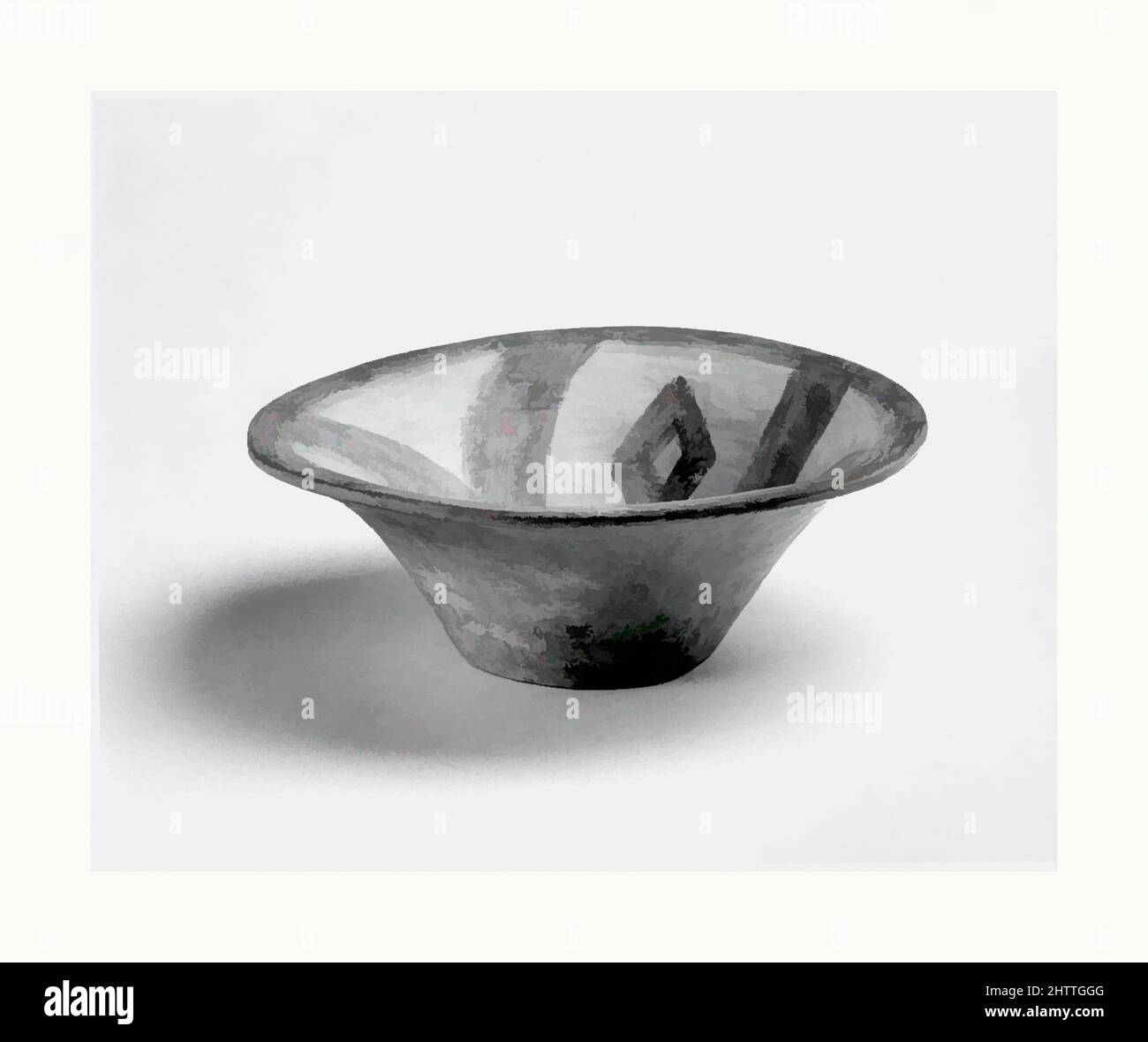
Caroline Lawrence on Twitter: "Did the ancient Mesopotamians, Greeks & Romans see colours differently than we do today? Did they even see them at all? Fascinating discussion on @AgainstLore's latest podcast https://t.co/ORPlSHMF4s (
![Bowl made from Translucent green glass, probably achieved through the use of copper and lead pigment. Roman empire, 1st half of 1st century A.D. [4000x4000] : r/ArtefactPorn Bowl made from Translucent green glass, probably achieved through the use of copper and lead pigment. Roman empire, 1st half of 1st century A.D. [4000x4000] : r/ArtefactPorn](https://preview.redd.it/kj9tbljraq231.jpg?auto=webp&s=cc71ea28f19dee8c50d759fa9435e1575c17cf6f)
Bowl made from Translucent green glass, probably achieved through the use of copper and lead pigment. Roman empire, 1st half of 1st century A.D. [4000x4000] : r/ArtefactPorn

Bowls with pigment, Pompeii, Terracotta, 1st Cent C.E. The Pigments found in thees bowls were probably used for … | Pompeii and herculaneum, Pompeii, Pompeii italy

Bowls with pigment, Pompeii, Terracotta, 1st Cent C.E. The Pigments found in thees bowls were probably used for wall decoration or textile. Pigments were creat…

Bowl with Textured Surface Decoration in Basketry-Like Pattern. Possibly Ancestral Pueblo (Anasazi); Southwest, United States. Date: 850 AD-1500. Dimensions: 8.3 × 17.2 cm (3 1/4 × 6 3/4 in.). Ceramic and pigment.
Pigments from Amarna CHAPTER 10 ARTISTS' PIGMENTS FROM AMARNA by Fran Weatherhead and Andrew Buckley 1 10.1 Introduction Nearly

κιννάβαρι on Twitter: "Let's talk about #EgyptianBlue, its manufacture and use from Egypt to the Iberian Peninsula, with a special insight into the Vesuvian area, where this pot containing original pigment has
Glass bowl fragment with gold leaf and painted decoration | Roman | Late Imperial | The Metropolitan Museum of Art

Six pottery bowls containing Roman pigment used by a fresco painter. The colours include blue frit, red and yellow ochre, r… | Römische architektur, Fresco, Römisch
![PDF] Not a day without a line drawn: Pigments and painting techniques of Roman Artists | Semantic Scholar PDF] Not a day without a line drawn: Pigments and painting techniques of Roman Artists | Semantic Scholar](https://d3i71xaburhd42.cloudfront.net/fc011dbba4a3301434b968d17bc5a861988690fe/6-Figure3-1.png)
PDF] Not a day without a line drawn: Pigments and painting techniques of Roman Artists | Semantic Scholar
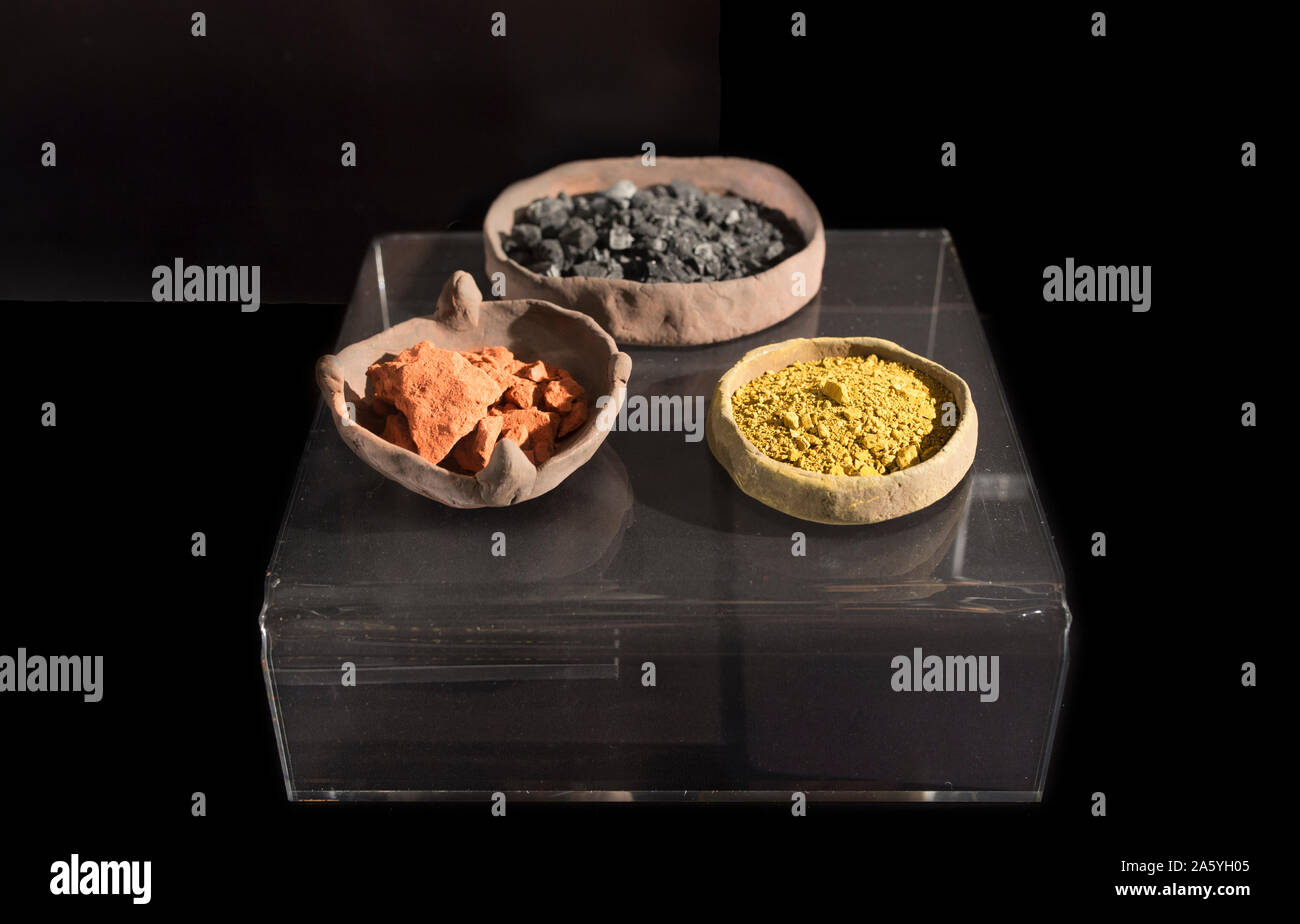
Cabra, Spain - May 19th, 2019: Clay bowls with pigments from neolithic age used for wall paintings. Cabra Archaeological Museum, Spain Stock Photo - Alamy
